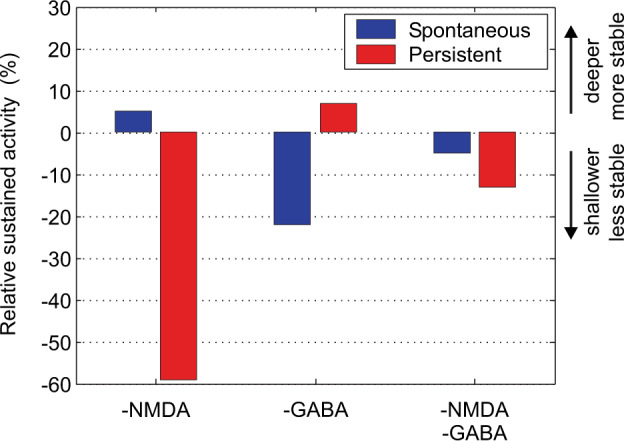Fig. 3. Stability of the spontaneous low firing rate and persistent high firing rate states of the short-term memory in the integrate-and-fire attractor network of Fig. 2.

The percentage of trials in which the average activity during the last second (2–3 s) remained in the reference state is shown. Decreasing the NMDA conductances by 4.5% (NMDA: −1) decreased the stability of the high-firing rate (Persistent) state, in that the firing often failed to be maintained in the high firing rate short-term memory state. Decreasing the GABA conductances by 9% decreased the stability of the Spontaneous firing rate state, with the system frequently jumping into a high firing rate state. Decreasing both the NMDA and the GABA conductances decreased the stability of the high firing rate short-term memory state (labeled persistent), which frequently fell out into low firing. Decreasing both the NMDA and the GABA conductances in addition decreased the stability of the Spontaneous state, which sometimes jumped into a high firing rate state. The condition of decreased NMDA and GABA is how we characterize schizophrenia, in that stability of attention, memory, and thought processes implemented by high firing rate states are reduced as applies to the cognitive symptoms; and in that the system often jumps from the spontaneous low firing rate state in which there is no retrieval cue into a high firing rate state, modeling the positive symptoms with intrusive thoughts, delusions, and hallucinations. Shallower basins of attraction relate to less stability. (Modified from Loh et al.7).
